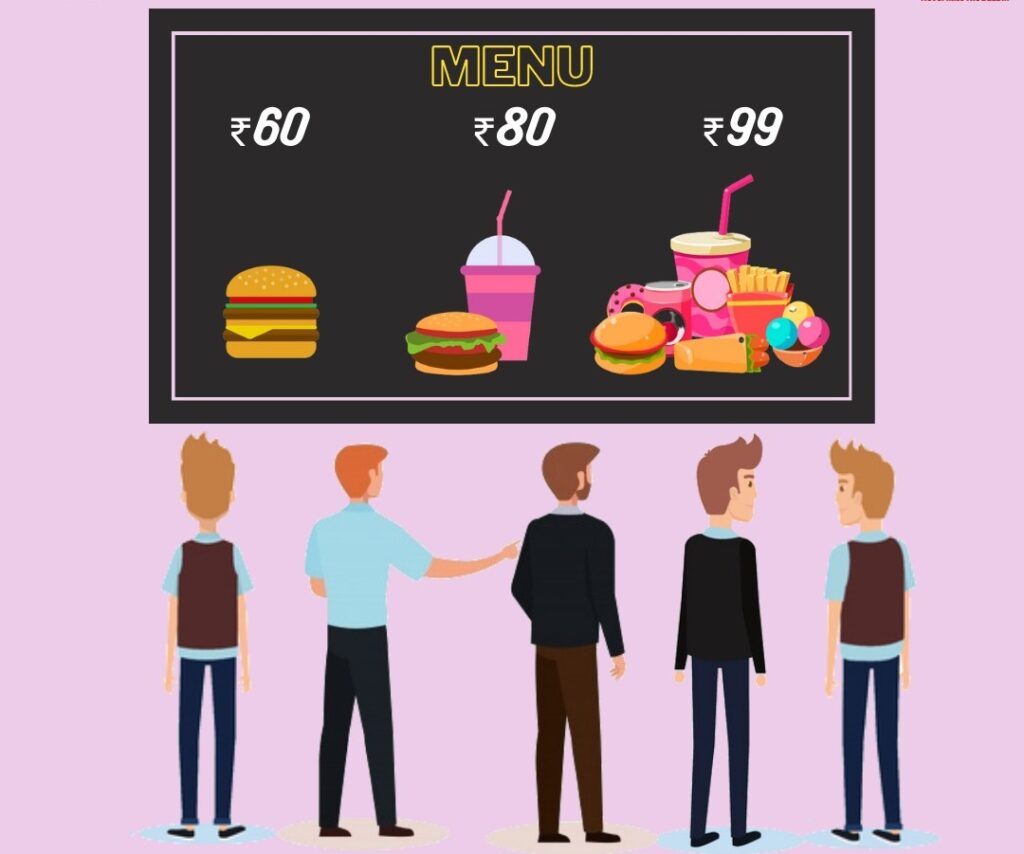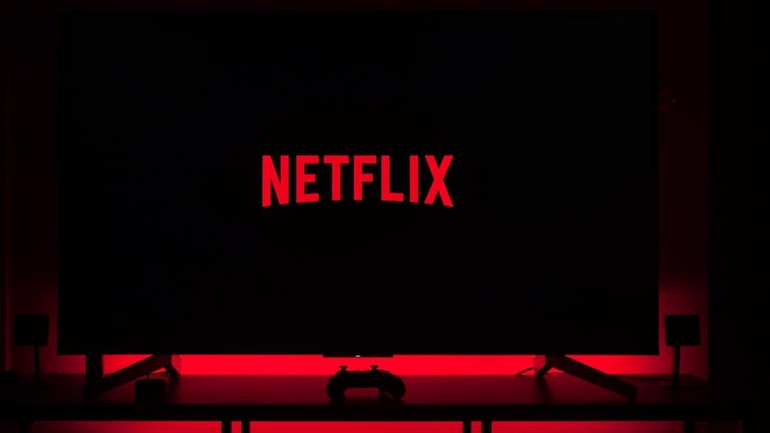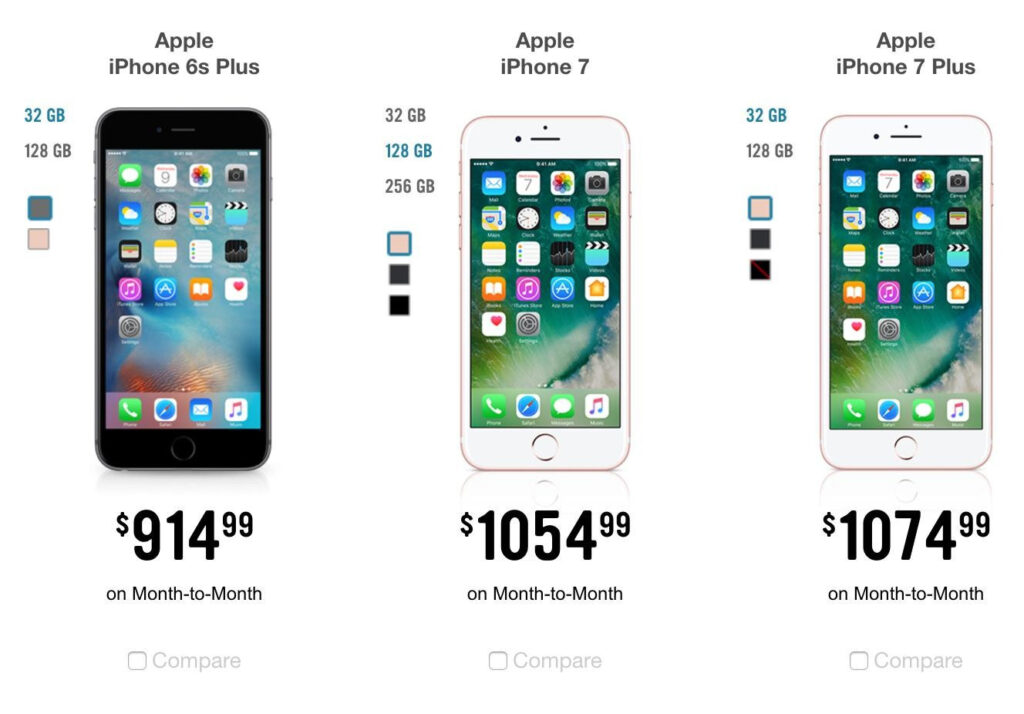Change is the only thing that is constant. Over the years companies have tried and tested various marketing strategies to get a stronghold over the market. Behavioral decision theory has shown that preferences are unstable as well. Modern customers look for modern solutions.
With the advent of technology, the digital space is booming at a very high space. Companies are making full use of this and using the digital space to sell and market their products. This has made everything just a click away. Instead of heading to a store, speaking with a salesman and continuing making a purchase, buyers nowadays have new, exciting channels to explore on their journey. Ones could use their smartphone to visit a store and browse an item, they could also research its prices and take feedback/reviews from friends on social media or marketplaces.
Consumers usually think that they manage their own choices and decisions while shopping. They even end up spending more than what they thought of spending in the first place. This isn’t a mere coincidence. Here comes the decoy effect. The decoy effect simply means a change in preference between two options when presented with a third option. The decoy effect isn’t solely valid for offline shopping.

When shopping online, customers judge a product by its price and reviews. Firstly, considering the price factor, suppose three varieties of the same product are available. Two with a huge difference in their price, third with a price closer to the higher price, but still lower. These different prices bound the consumer to rethink their decision twice to place a safe bet. The pricing strategy is designed in such a way that the majority of the consumer ends up choosing the product with a higher price than the one which was cheaper. The third item which is the decoy is barely considered while making a purchase.
Coming to the second factor, customers read other people’s reviews to gauge the product. The reviews and feedback of other customers majorly affect their purchasing of a product. Negative reviews have more impact than positive reviews do. The star rating influences consumer decisions too. In most cases, the higher the price, the better is the star rating.
Consumers get lured by the discount strategy that these companies offer. Many online shopping platforms use this strategy of giving a discount after a certain minimum billing amount. In greed of getting the discount, the consumers end up shopping more than what they thought of before purchasing. These are some of the many strategies used by companies to mould the consumer’s decisions.

One of the catchy examples to look at is the recent subscription pricing of the online video streaming platform, Netflix. There are four plans one can choose from, that is Mobile, Basic, Standard and Premium. The plans are designed to cater to the needs of all types of customers. The mobile and basic plans are very cheap compared to the other two. However, they are very closely priced. This creates a dilemma in the minds of people while choosing a plan even among the cheaper price.
This decoy strategy is used to lure customers to buy the higher-priced plan even between the cheaper ones. Data reveals that the majority of the customers even purchase the basic plan which is priced a bit higher than the mobile one. Similarly, when catering to premium customers, the standard and premium plans are very closely priced. The pricing of these subscriptions and plans are designed in such a way to force the consumer to buy the one which is higher priced.

Not only this, the membership plans of various newspaper companies do this too. A few years ago, MIT Professor Dan Ariely noticed something strange on The Economist subscription page. Group 1 was offered two options: a web-only subscription and a print + web subscription. Group 2 was offered all three options: a web-only subscription, a print-only subscription and a print + web subscription. When they changed this from a 2-choice set to a 3-choice set, the least popular option became the most popular option.
In his TED talk, Ariely said: “The useless option was useless in the sense that nobody wanted it. But it wasn’t useless in the sense that it helped people figure out what they wanted. We don’t know our preferences that well, and because we don’t know our preferences that well, we’re susceptible to all the influences from external forces.”
These are a few of the many examples available. The decoy effect can be seen in several online sectors, starting from Food, Entertainment, Airlines, smartphones etc., decoy effect is applicable in every such sector.
Written by: Nikita Ladha
Edited By: Roshni Divecha
